Anette Martens hunts Balearic Boc in sunny Mallorca
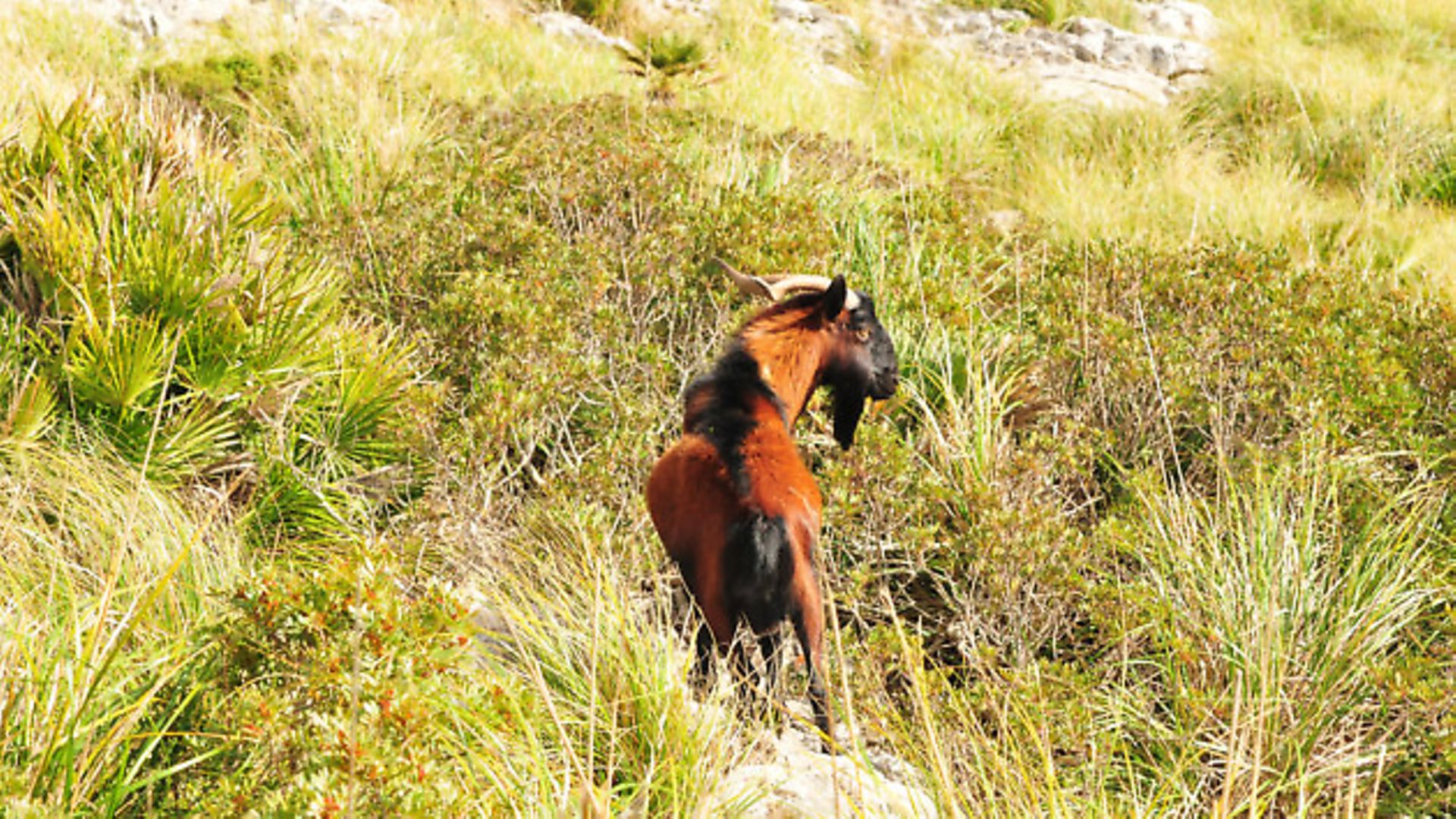 credit: Archant
credit: Archant
Upon hearing of Mallorca, nearly everyone thinks about the sun, sea, sand, and good food and drink, but not immediately about hunting. The island is very popular with holidaymakers, some of whom stay all winter. For us, the programme looks somewhat different: searching for the Boc Balear – the Balearic Boc – which is only found on this island.
With its 1,405 square miles, Mallorca is the largest of the Balearic Islands – an archipelago in the Mediterranean Sea, belonging to Spain. Also famous are the smaller Balearic Islands of Ibiza, Menorca and Formentera. Thousands of years ago, Mallorca was an important trading centre in the Mediterranean, thanks to its geographical location. The capital is Palma de Mallorca – also the capital of the Balearic archipelago. Mallorca owes its name to the Greek colonists. The official languages are Catalan and Spanish.
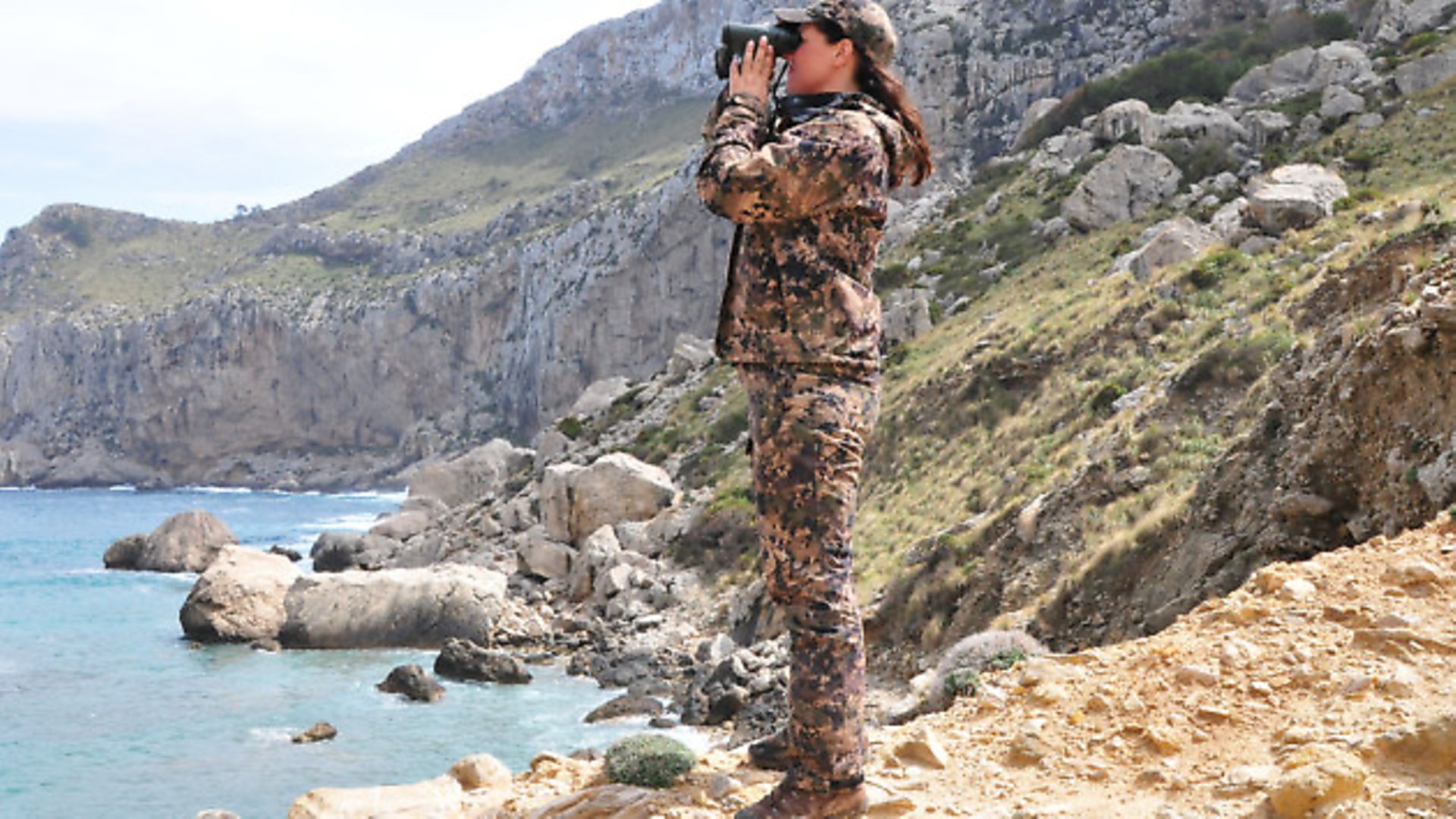 credit: Archant
credit: Archant
The Balearic goat in ancient times
Nearly 5,000 years ago, the original Balearic goat was brought to the island by merchant ships from Eastern Europe, to serve as a future source of food. During these 5,000 years, it evolved into a unique variety only found on Mallorca. This wild goat is a unique species, and DNA tests revealed its original kinship to be closest to that of the Turkish bezoar ibex. There are similarities in fur markings, although the Mallorca wild goat is of a much brighter and redder colour, and its horns are shaped differently. The black marks on the body, however, are virtually identical.
For thousands of years the Balearic goat survived on the island, but in the 20th century the pure-bred population went down dramatically and the species was threatened with extinction. The main reason for its presence is that the pure population crossed with domesticated goats. The domestic goat has the disadvantage of a long and large udder that is easily damaged on jagged rocks, and also that its hooves are not suitable for climbing. In order to be able to graze these tame goats on the rugged north side of the island, they were crossed with the much better adapted Balearic goat. This resulted in hybrids – impure cross-breeds. This hybrid is a major threat to the pure-blooded Balearic goat, especially because they share the same habitat.
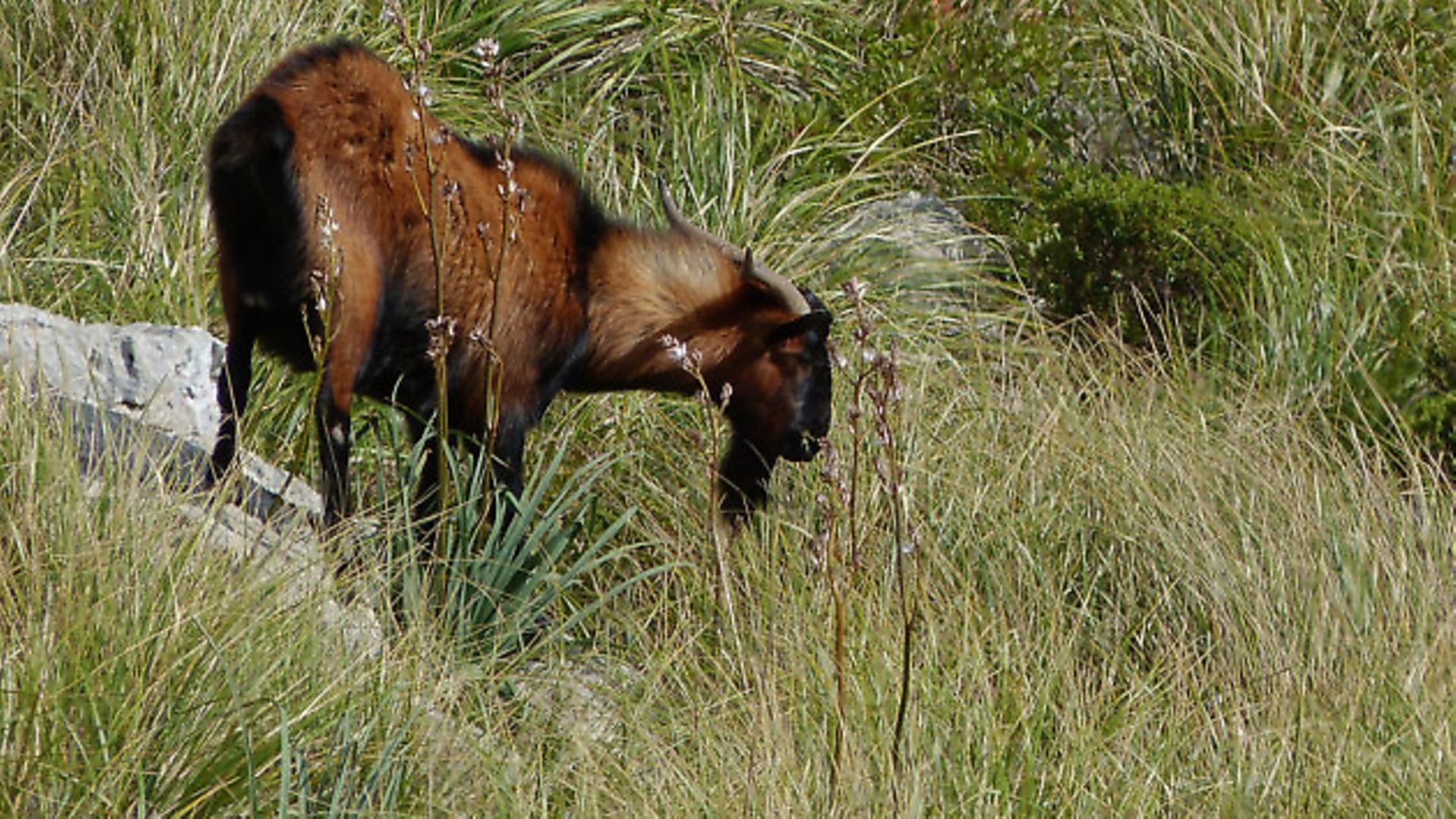 credit: Archant
credit: Archant
In the late 80s, local authorities became aware of the situation and devised a strategy to save the original Balearic goat. It was decided then that each animal that was not 100% pure-blooded should be shot. Much research is being done to determine what is, and what is not, pure-blooded. To protect and preserve the Balearic goat, the Comisió Balear de Caça Major i Homologació de Trofeus (Balearic Commission for the Approval of Hunting Trophies) was established. Each Boc shot must be investigated by a certified inspector. All data is collected and compared. The degree of pure-breeding is determined based on many features. A red tag is attached to each animal that is shot. This tag is digitally linked to the data, making it available to be viewed at any time, and thereby preventing illegal hunting practices.
On Mallorca there are a number of areas where Balearic goats can be hunted. All areas wherein it exists are certified by the Departament de Medi Ambient del Consell de Mallorca (Department of Environment). For hunting areas, two types of certificates are available: First Class, if it contains at least 90% pure-blooded Balearic goats; and Second Class, if it contains between 70% and 90% pure-blooded ones.
Each year, for a number of old pure-blooded Balearic bucks and does, hunting licences are made available. The money these bring in is used to finance the management of the population and the maintenance of the areas. During the rest of the year local outfitters continuously try to improve the ‘pure-bloodedness’ of the population by selective culling of hybrids.
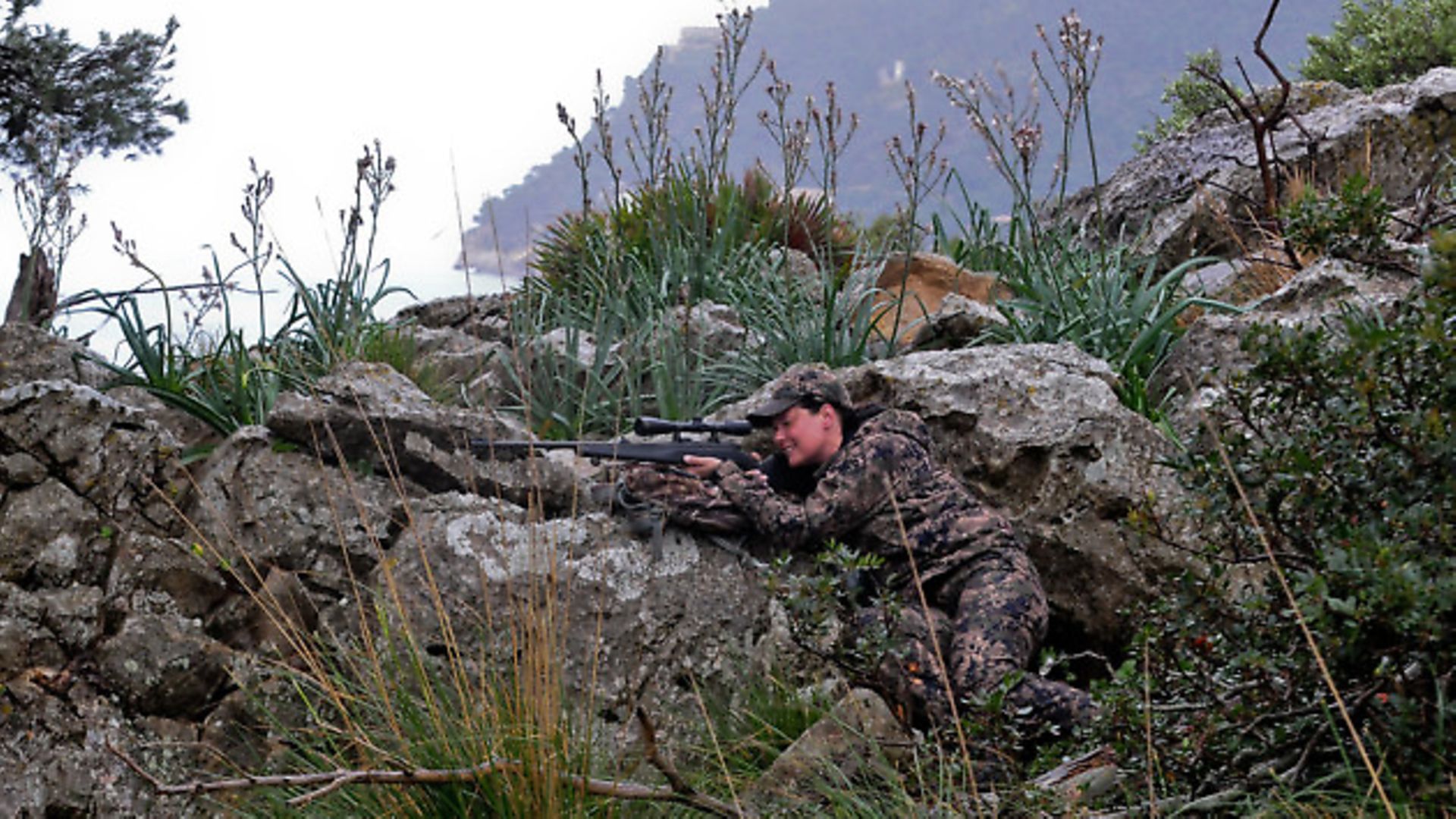 credit: Archant
credit: Archant
The first acquaintance
Our journey starts on a very rainy day. The hotel is at the seaside and waves crash on the quay; the sky is black. Are we really on Mallorca? It looks more like the Netherlands. We are a little worried; so much rain and storm. Under these conditions one cannot hunt in the mountains. Our hosts Tomeu Berga and his son, Luis, tell us that this is very unusual, but that it will be better tomorrow. We also meet our outfitter, Pedro Pablo Alejandre, who informs us that we will hunt on the north side of the island, at Cap de Formentor. This is a very rugged part of Mallorca, with the highest peak at 384m. ‘It could be worse,’ I think, ‘In Austria the mountains are 2,300m high.’ Pedro suggests that we wear sturdy mountain shoes because the lava rocks are very sharp and pointed.
The next day we drive to the hunting lodge, where we see a Balearic Boc for the first time. The lodge contains a full body mount of one, which is very useful because it gives us a much better picture of the animal: how big he is, his weight, horns and colour. When you prepare to hunt a species unknown to you, it is good to know its dimensions, allowing you to judge a situation much better during hunting.
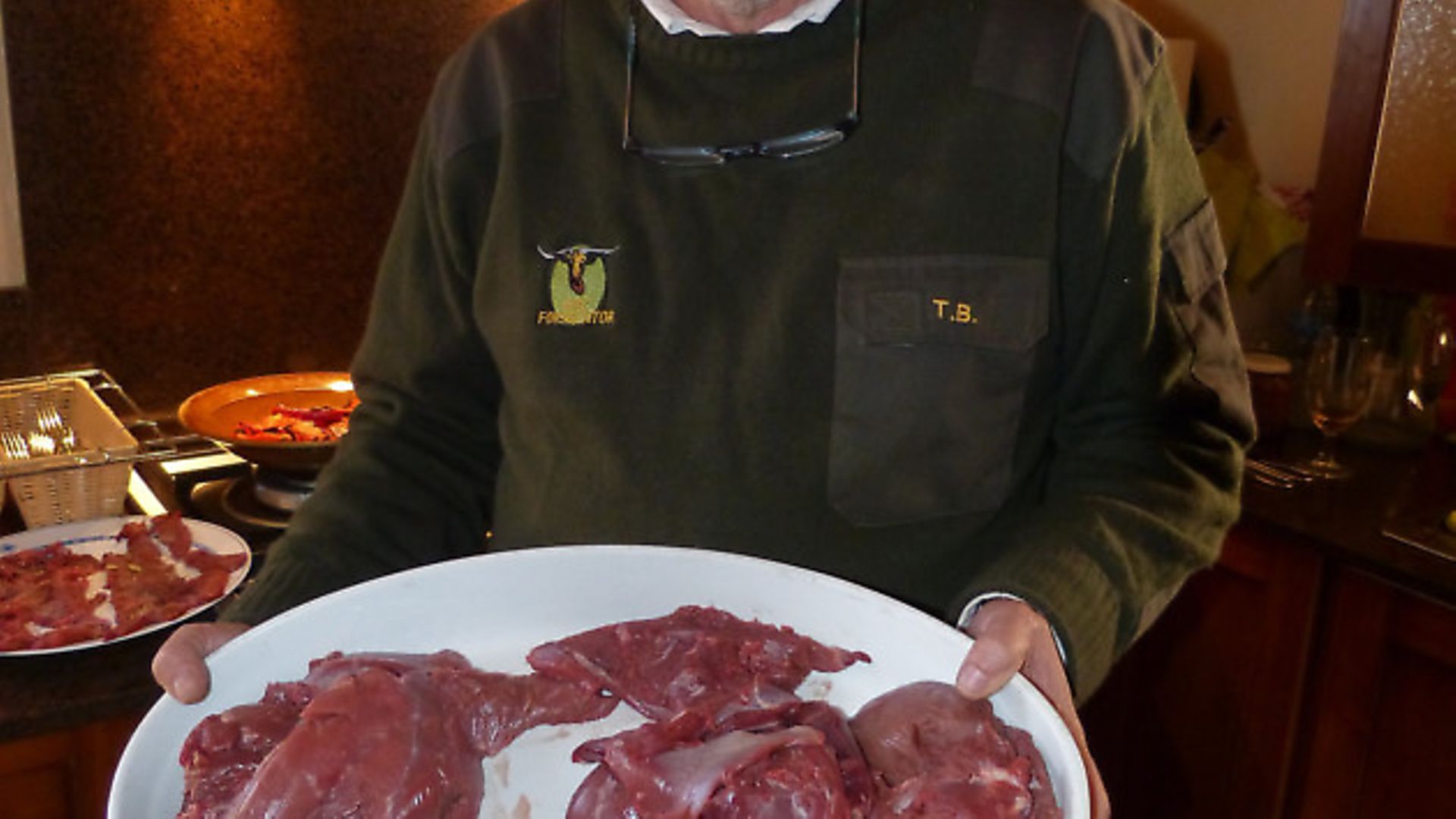 credit: Archant
credit: Archant
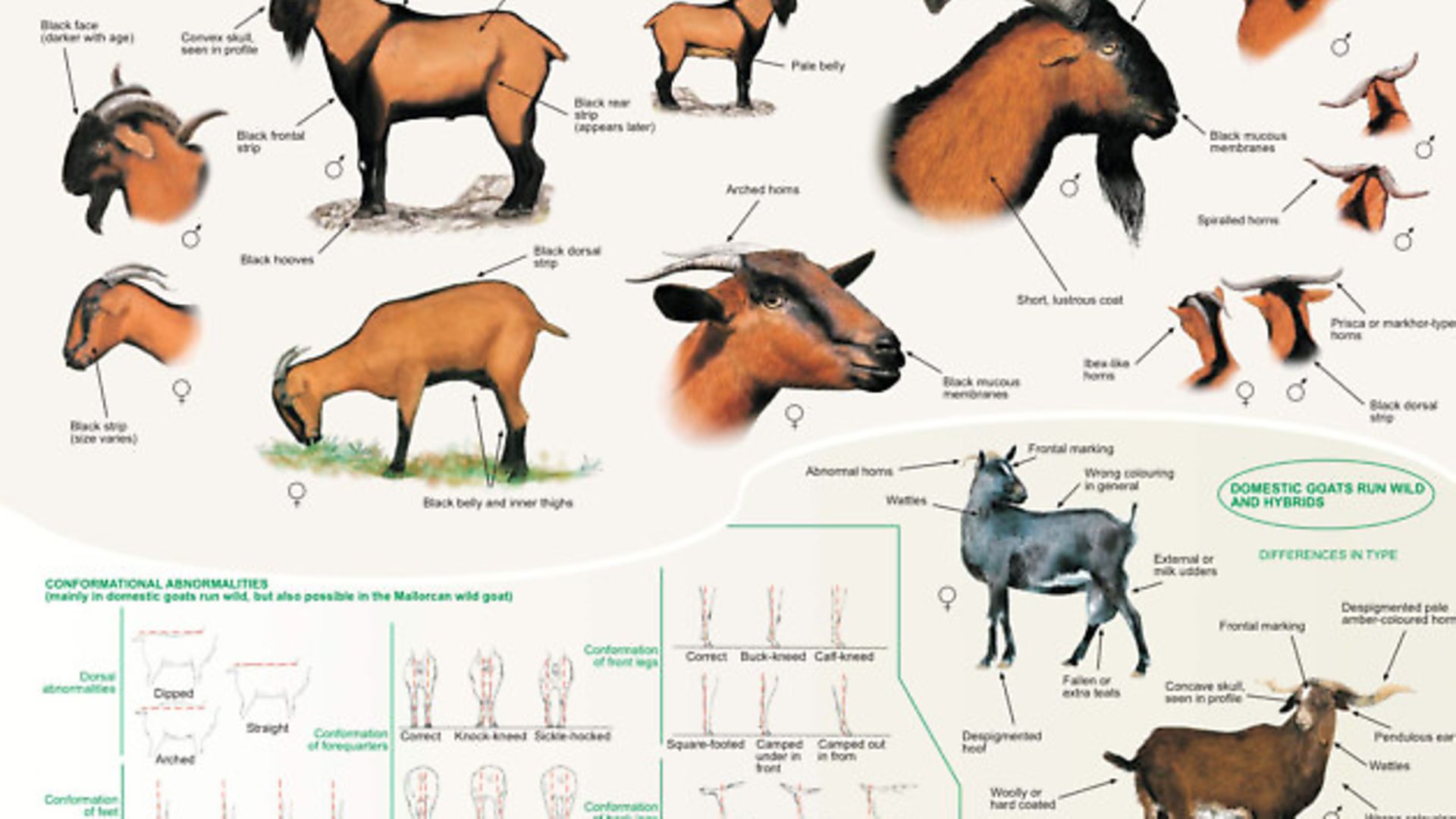 credit: Archant
credit: Archant
Prickly plants and jagged rocks
The next day, we make an early start. The sun is just up, but already it is oppressively hot. When we cross the mountain ridge after a climb, we spot a large group of goats. Unfortunately, they see us, too. This means that we have to make a flanking manoeuvre to get out of the wind. The sun starts to get scorching. There is no longer any wind and the chirping of cicadas starts to become deafening. We are at the foot of a mountain and see a buck on its top, moving away from us. Then he is over the top and we go after it. Looking very carefully over the ridge, suddenly we spot another two Bocs in the distance. We move on quickly, climbing and scrambling over sharp basalt blocks, without making a sound, otherwise the bucks would move faster and also away from us. We see them on the top of the next mountain, and decide to stay where we are. To catch up with them, the distance is too great, and the rocks we would have to cross are too rough and ragged. I lay down and prepare to shoot. It’s a bit tricky to find a good position here, with these thorny plants and jagged rocks, but in the end I lie well. Now we just have to hope that it works, and that they show up again.
By this point, we have already abandoned hope a little; it is not very logical that they will turn around. The trees and shrubs are very close to each other, and it is difficult to get a shooting opportunity through this cover. With our binoculars, Pedro, the guide, and I search down the slope of the mountain. Suddenly there is a movement in the dense vegetation. The animals have turned, and are descending from the mountain. In a clearing they remain stationary. There are two males now, and it is difficult to decide which one of them would be eligible for shooting – especially because this is a new experience for me. Pedro whispers: “The upper buck.” But for me they look as though they are on the same level, because he is a few metres away and has a different viewpoint. After some whispering back and forth, I understand which one of the two bucks he means, and with my cross hairs I search for its shoulder. On the shot the buck crumples, and then rolls downhill, out of sight. We wait for a while, and then climb down and back up through the palm ferns and tall grasses. We do not immediately see the buck lying between the rocks, but then, yes, there he is. An imposing animal with a beautiful red coat and a very black head. Pedro is satisfied and pleased that our plan has succeeded. It’s an old buck and its horns are beautifully formed. Luis Berga calls the inspector. This is the standard operating procedure, because every buck must be immediately checked for ‘pure-bloodedness’.
With the Mediterranean sea as the background, we take pictures – great! The buck is then taken down without gralloching it first. This is a considerable job because it definitely weighs 70kg. After this climbing adventure we drive to the hunting lodge, where the inspector has arrived in the meantime. The Balearic Boc is scrutinised on all sides, felt and measured. The ears and eyes, particularly, are intensively investigated, and also his tail and body are measured. Everything is written down. They also look at his teeth, and check the fur for white hairs. Finally, the buck is designated to be pure-blooded, and gets a red tag.
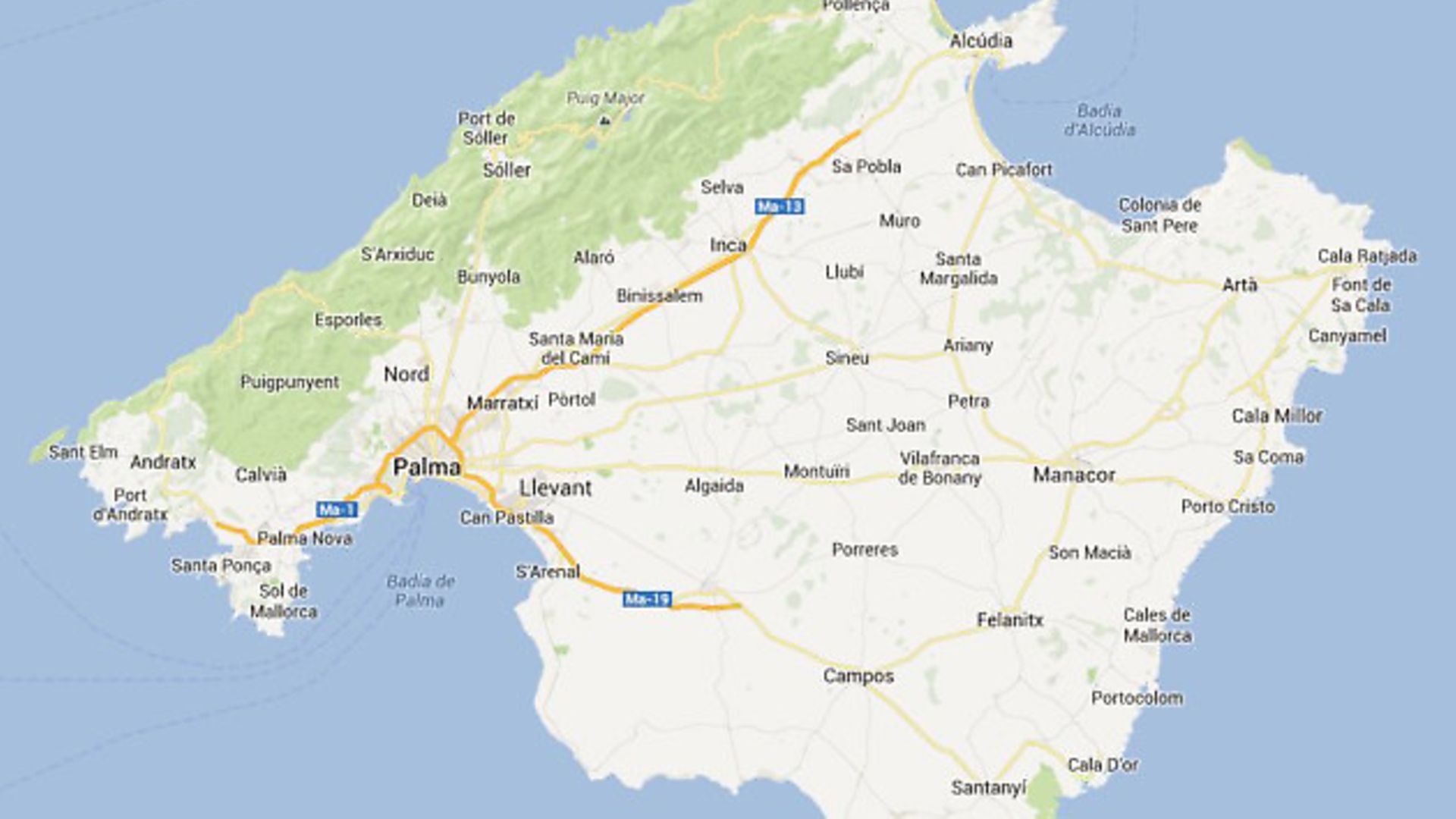 credit: Archant
credit: Archant
Hunting with fantastic views
The next morning we are on our way again. The plan is to climb the mountain on the north side, trying for a hybrid buck and doe. Though early, it is already hot; we pack plenty of water, a hat, sunscreen, and, of course, a rifle and a spare one, and then head out. We start climbing, and that is a lot more strenuous than I anticipated. The rocks are very ragged here too, with many crevices and bushes and loose stones everywhere. We ascend in single file, and after an hour we see an old doe. First, she is observed and evaluated, and then it is determined that this is a hybrid, and thus should be shot. She is alone, and at this distance it is very possible that we will be able to get a shot, and we do. The goat is gralloched immediately, and laid in the shade of an overhanging rock with some bushes. We continue, in search of a hybrid buck.
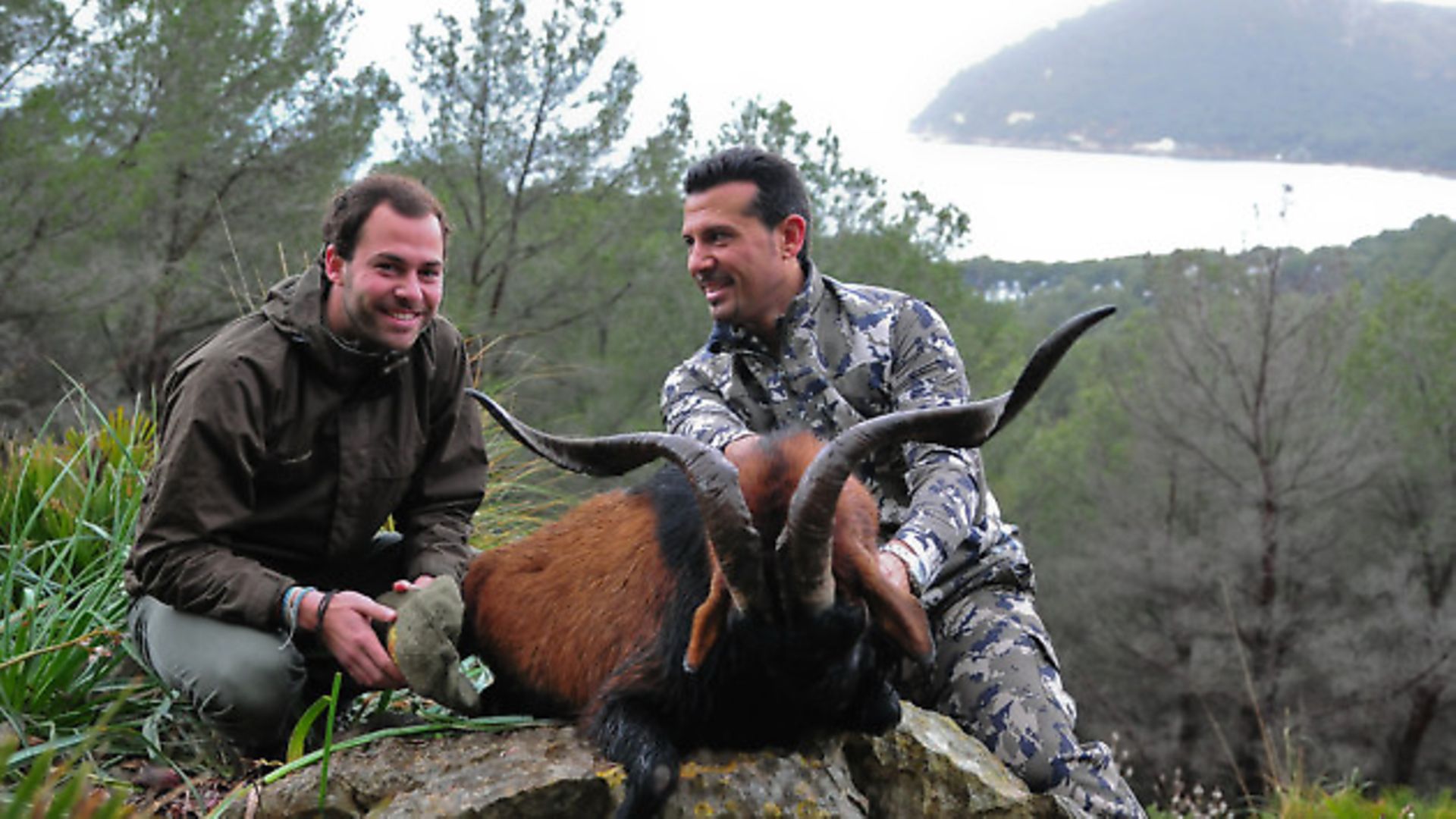 credit: Archant
credit: Archant
We observe a number of groups, but because we are still climbing a bare slope, usually they spot us earlier than we spot them. At last, we are on the top. What a magnificent view over the sea and Mallorca! We take a short break with biscuits and water, and walk on. We stand atop a cliff when Pedro sees a buck. He is below us, near the sea, at least 200m lower. We climb closer and then the buck is again observed very thoroughly. Even we can now see that there are white spots on his fur, telling us that this is a hybrid. We decide to get closer. Due to the difficult terrain, I regularly fall hard on my knees. There are a lot of loose rocks and boulders, and because we are descending, some of them start moving. There are also many gaps we need to jump over, but fortunately the buck stays where he is. This buck, too, nicely falls on the spot. Now it is going to be a long way down! Indeed, the buck is not pure-blooded, and in a very poor condition. His body is covered with scabies and he’s skinny. It took two and a half hours before the buck was stored. Hunting in Mallorca definitely isn’t all sun, sea, eating good food, and drinking! The reality is difficult terrain and hard times – but all made worthwhile with stunning views and beautiful hunting memories.
The day has ended. The buck is put into the backpack, and then we retrieve the doe. We are all hungry, because it’s almost five o’clock, and, save for a few biscuits, we have not eaten anything. We return to the hunting cabin for a late lunch. Tomeu Berga marinated the buck, that had been shot the day before, with lemon and salt, and grilled it. Delicious! Usually while hunting, you picnic with a cool box and some bread, but here, in good company, it is a delicious meal with a hearty glass of wine. Salud, un maravilloso viaje de caza! Cheers, to a wonderful hunting trip!